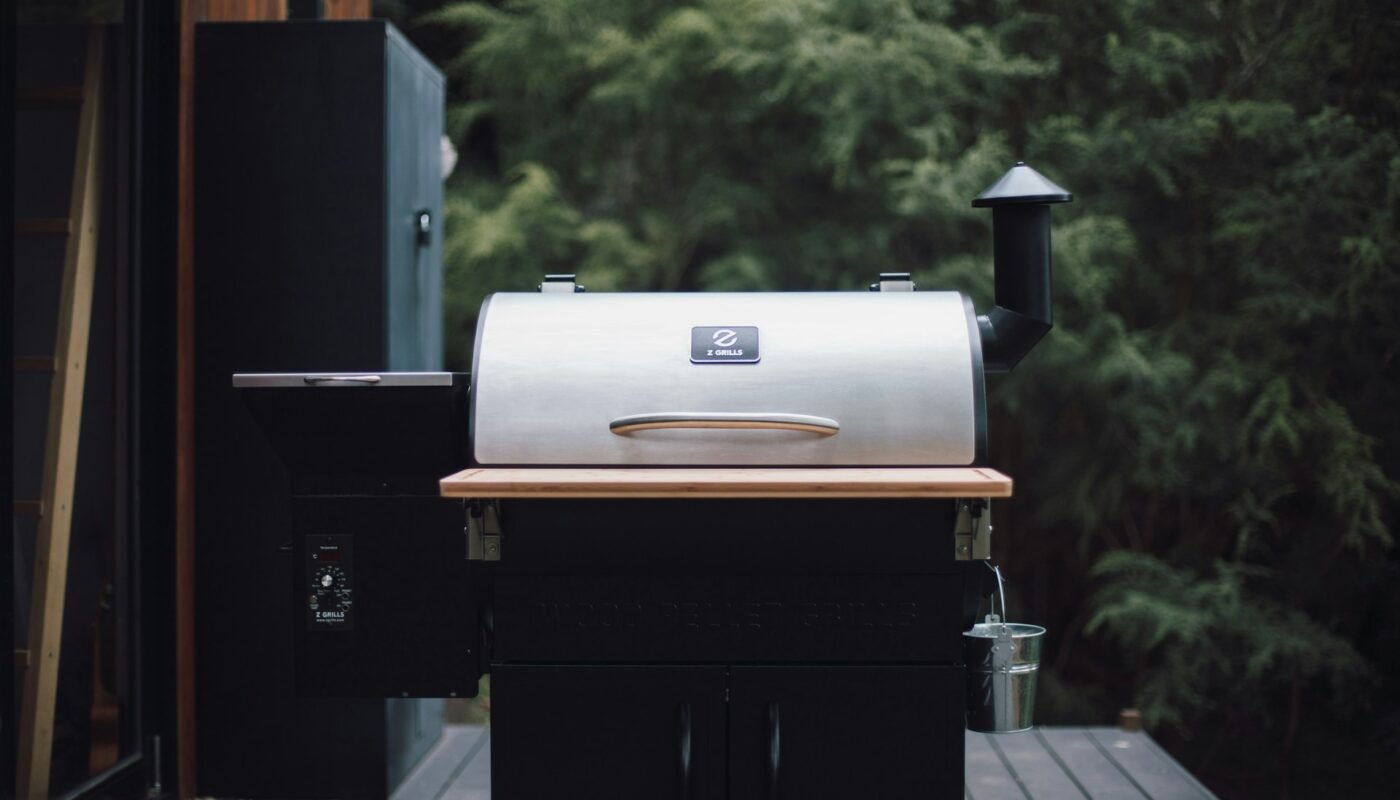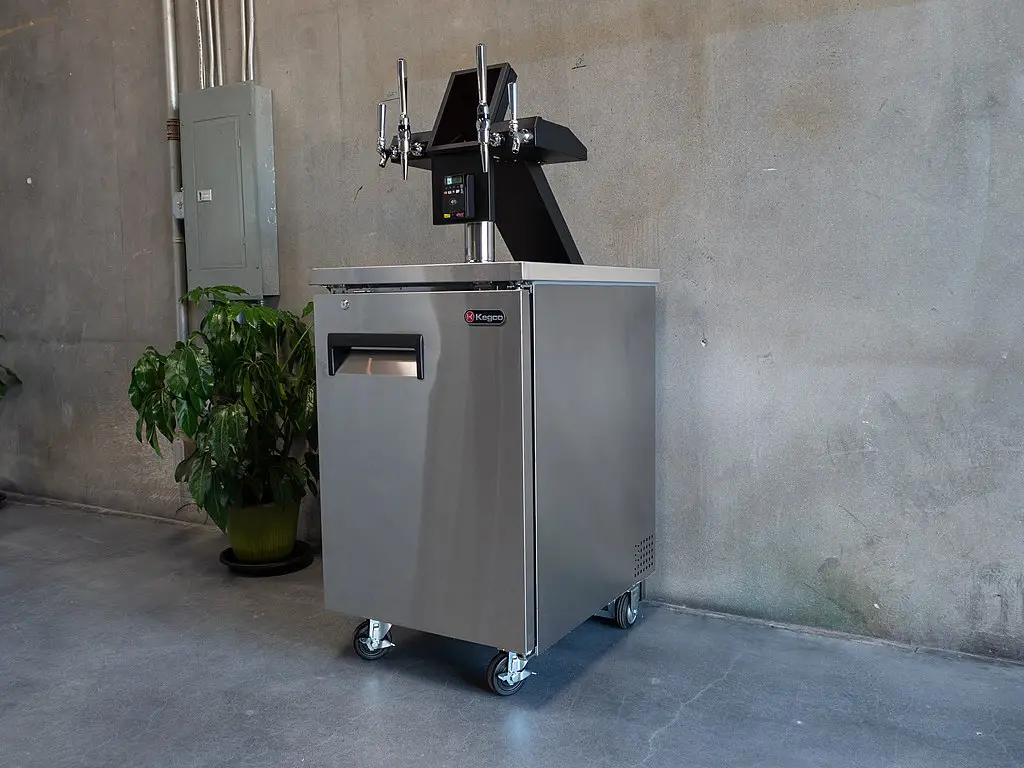Smoking food is a traditional cooking method that imparts a unique flavor and tenderness to various dishes. For middle-aged adults looking to enhance their culinary skills, understanding how to use a smoker can open up a world of delicious possibilities. Smokers come in different types, such as electric, charcoal, gas, and pellet smokers, each offering distinct advantages in flavor profiles and cooking techniques. We will offer a beginner’s guide on how to use a smoker to spice up your meal prep.
Table of Contents
Why Use A Smoker?
Working couples, often juggling career responsibilities and family roles, can benefit from using a smoker to create memorable meals for their loved ones. Smoking food can be a therapeutic and rewarding experience, allowing individuals to slow down, connect with their food, and savor the results of their efforts. Additionally, mastering the art of using a smoker can provide a sense of accomplishment and pride, making it a fulfilling hobby for those seeking new challenges in the kitchen.
By exploring the methods for smoking food, even seasoned chefs can elevate their cooking skills, impress their families and friends, and create lasting memories around the dinner table.
What is a Smoker?
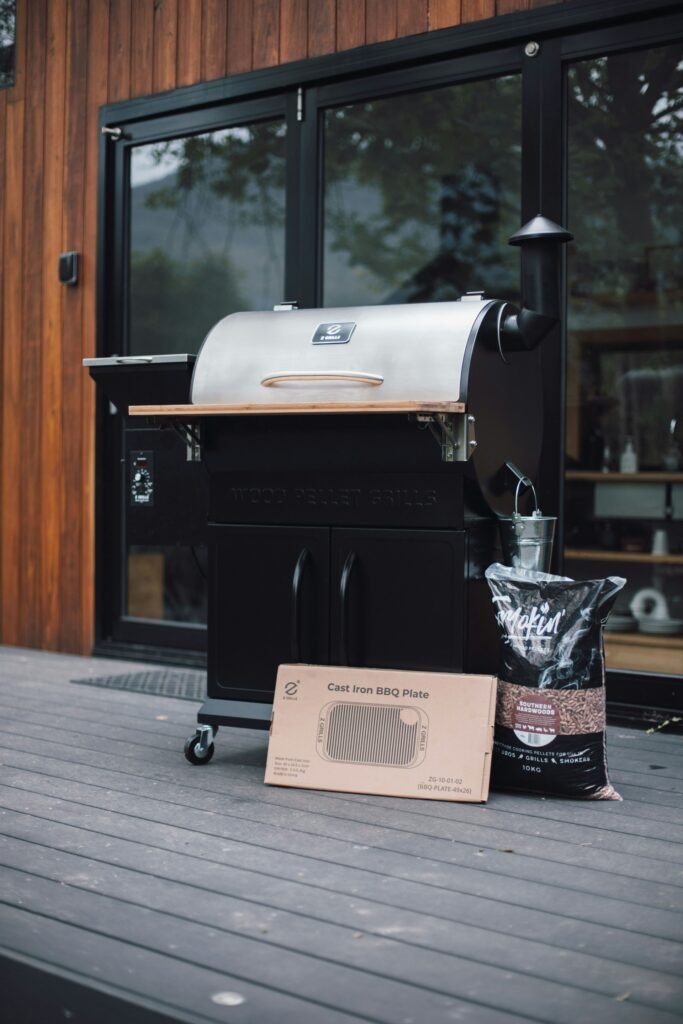
A smoker is a specialized cooking device designed for slow-cooking food at low temperatures while infusing it with smoky flavors. This culinary tool is a favorite among barbecue enthusiasts and home cooks alike, offering a unique way to enhance the taste and texture of various dishes.
For men of all ages who enjoy experimenting in the kitchen or taking their grilling skills to the next level, understanding what a smoker is and how it works can be a game-changer. Whether it’s exploring the art of traditional smoking methods or trying out modern smoker models, smokers’ versatility allows for endless culinary creativity.
Types and Costs of Smokers
Various types of smokers are available for smoking meats, along with a range of costs and a description of their unique aspects:
| Type of Smoker | Cost Range | Unique Aspects |
|---|---|---|
| Charcoal Smoker | $50 – $500 | Uses charcoal for fuel, provides authentic smoky flavor, requires more hands-on control |
| Offset Smoker | $200 – $2,000+ | Separate firebox for fuel, allows for indirect heat and long smoking sessions, good for large quantities |
| Electric Smoker | $100 – $700 | Uses electricity for heat, easy to use with precise temperature control, less intense smoke flavor |
| Propane/Gas Smoker | $150 – $600 | Uses propane or natural gas, heats up quickly, easy temperature control, less smoky flavor |
| Pellet Smoker | $400 – $2,000+ | Uses wood pellets for fuel, combines convenience with wood flavor, digital controls, versatile cooking options |
| Kamado Grill/Smoker | $300 – $1,500+ | Ceramic body retains heat and moisture, versatile for grilling, smoking, baking, efficient fuel use |
| Vertical Water Smoker | $100 – $400 | Uses water pan to maintain temperature and moisture, compact design, good for beginners |
| Drum Smoker | $200 – $1,000 | Simple design, uses charcoal, good airflow control, efficient and portable |
| Cabinet/Box Smoker | $200 – $800 | Vertical design with shelves, good for small spaces, easy access to food, even heat distribution |
| Gravity Fed Smoker | $500 – $3,000+ | Uses gravity to feed charcoal, consistent temperature, long burn times, minimal babysitting required |
Each type of smoker offers distinct advantages depending on your needs, preferences, and experience level. The cost ranges reflect the various models available, from essential to high-end options.
Cooks can impress their guests by mastering a smoker with perfectly smoked meats, vegetables, and even desserts. The process of smoking food not only adds depth to the flavors but also provides a sense of accomplishment and satisfaction. Embracing the world of smoking can elevate cooking skills and bring a new level of excitement to meal preparation, making it a rewarding experience for those seeking to expand their culinary horizons.
How Do You Use a Smoker?
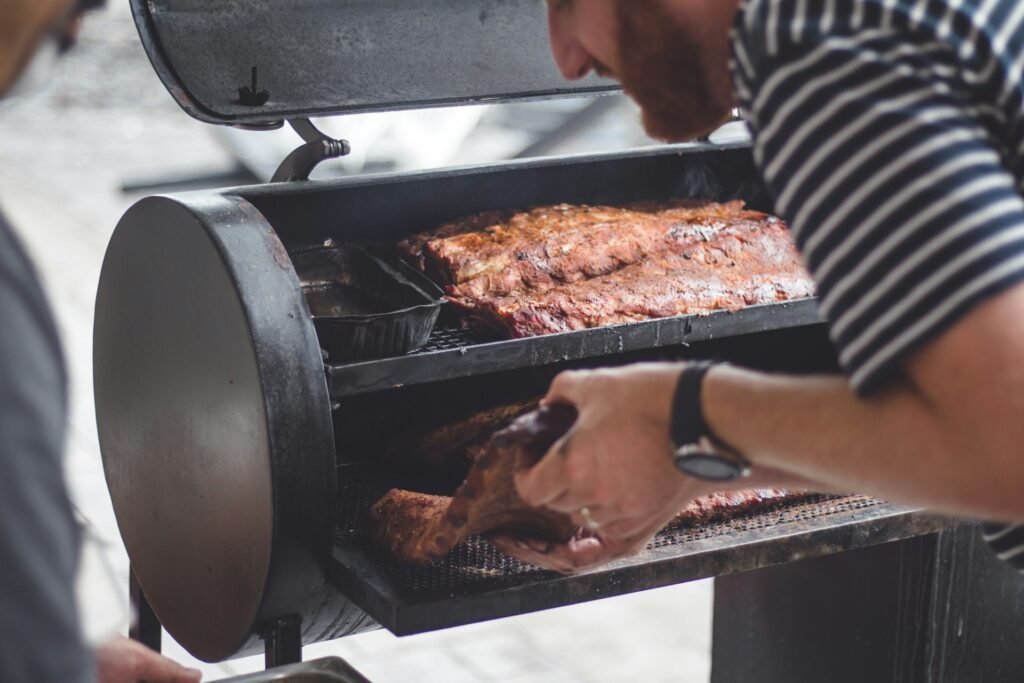
Understanding the basic principles is essential to mastering the art of smoking food. Smoking involves slow-cooking food at low temperatures over some time, allowing it to absorb the rich flavors produced by burning wood chips; for those looking to elevate their culinary skills, using a smoker offers a unique way to infuse dishes with a delicious smoky taste that is hard to achieve through other cooking methods.
Preparing the smoker correctly is crucial before starting the smoking process. This includes ensuring the smoker is clean, correctly assembled, and fueled with the proper wood chips. Selecting high-quality wood chips that complement the type of food smoked is critical to achieving the desired flavor profile.
Once the smoker is ready, the critical steps in the smoking process involve maintaining a consistent temperature, monitoring the smoke levels, and allowing enough time for the food to cook slowly and absorb the smoky essence. By following these steps diligently, men can create mouthwatering smoked dishes that will impress family and friends, making every smoking session a rewarding and enjoyable experience.
How to Use a Smoker with Wood Chips
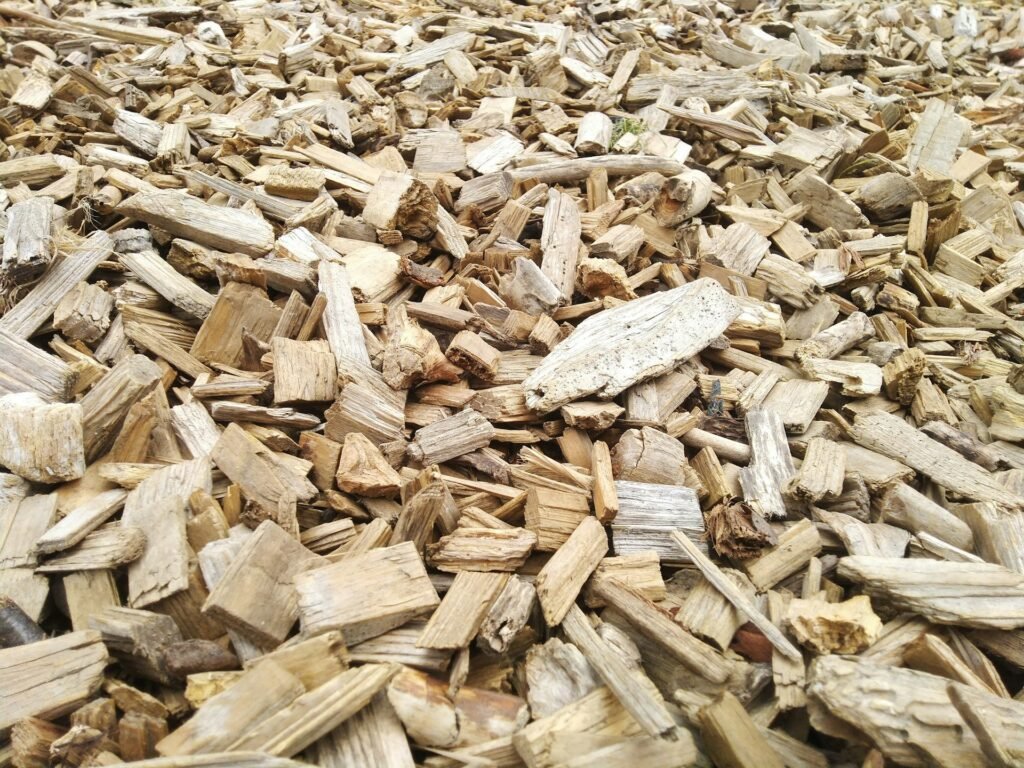
Using the proper wood chips is crucial when learning how to use a smoker effectively. The type of wood chips you choose can significantly impact the flavor of your smoked dishes. For beginners, it’s recommended to start with milder woods like apple or cherry, as they offer a subtle smoky taste that complements a variety of foods.
Wood Chip Types For Smoking Meats
Various wood chip types are used for smoking meats, along with a description of the taste or aroma of each:
| Wood Chip Type | Taste/Aroma Description |
|---|---|
| Apple | Sweet, mild, and fruity flavor |
| Cherry | Mild, sweet, and slightly fruity flavor |
| Hickory | Strong, smoky, and bacon-like flavor |
| Mesquite | Strong, earthy, and slightly sweet flavor |
| Oak | Medium smoky flavor, versatile and robust |
| Pecan | Sweet, nutty, and rich flavor |
| Maple | Mild, sweet, and slightly smoky flavor |
| Alder | Light, delicate, and slightly sweet flavor |
| Peach | Sweet, fruity, and mild flavor |
| Pear | Sweet, mild, and fruity flavor |
| Walnut | Strong, slightly bitter flavor |
| Beech | Mild, slightly nutty flavor |
| Birch | Slightly sweet and mild flavor |
| Mulberry | Sweet, fruity, and mild flavor |
| Plum | Sweet, fruity, and mild flavor |
Each type of wood imparts a unique flavor profile to the smoked meat, allowing for various taste experiences. Choosing the wood chip can enhance your smoked dishes’ overall flavor and aroma.
Soaking the wood chips in water for about 30 minutes before adding them to the smoker can help create a steady smoke release and prevent them from burning too quickly. This technique also enhances the smoky flavor infused into your food during smoking.
When it’s time to add the wood chips to the smoker, ensure they are spread evenly over the charcoal or in the designated wood chip tray. This allows for consistent smoke production throughout the smoking session. Monitor the wood chips periodically and add more to maintain a steady smoke level.
How to Use a Vertical Smoker
Vertical smokers are a popular choice among barbecue enthusiasts for their efficient use of space and ability to cook large quantities of food. These smokers are designed with multiple racks, allowing you to simultaneously smoke different types of meat. When setting up a vertical smoker, ensure it is placed on a stable surface away from flammable materials.
Temperature control is key when using a vertical smoker. Maintaining a consistent temperature throughout smoking is essential for achieving perfectly smoked meats. Use a reliable thermometer to monitor the smoker’s internal temperature and make adjustments as needed to keep it within the optimal range for smoking.
To achieve the best results with a vertical smoker, consider the type of wood chips or pellets you use. Different woods impart unique flavors to the meat, so experiment with various options to find your favorite combination. Additionally, spacing the meat on the racks evenly ensures that each piece cooks evenly and absorbs the smoky flavors uniformly.
Video: Beginner to Smoking? Watch this. #smoker
How to Use a Smoker with Pellets
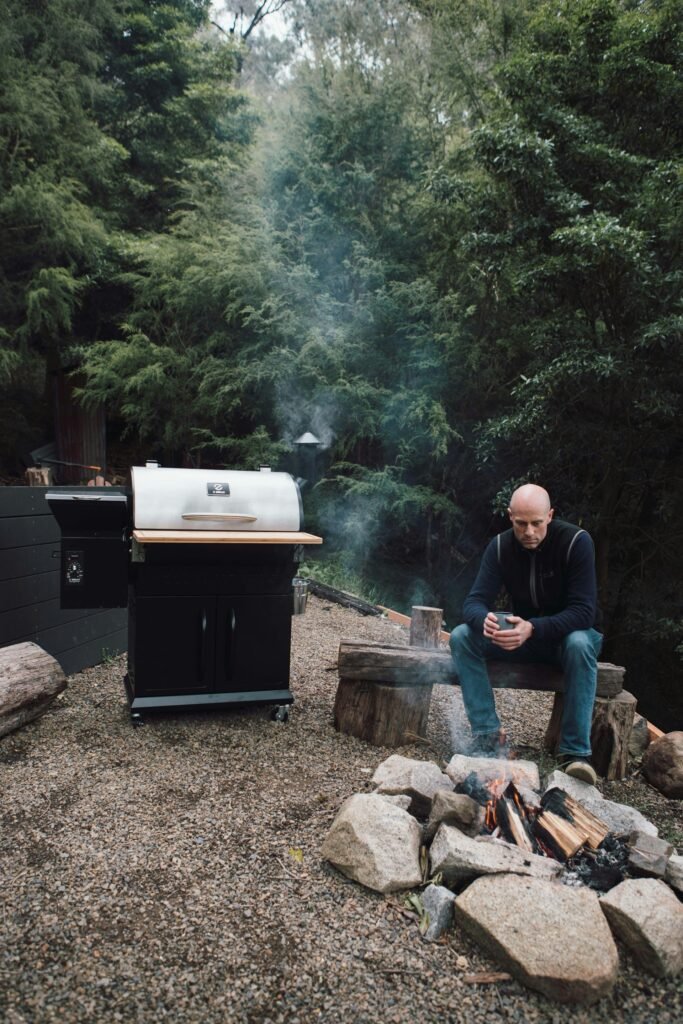
Pellet smokers offer a convenient and efficient way to smoke your favorite meats, providing consistent heat and a hassle-free smoking experience. When choosing the right pellets for your smoker, opt for high-quality hardwood pellets like hickory or mesquite, as they infuse a rich and robust flavor into your food. Avoid using pellets with fillers or additives, as they can affect the taste of your smoked dishes.
Loading pellets into the smoker is straightforward. Follow the manufacturer’s instructions to fill the pellet hopper, ensuring it is not overfilled to prevent any potential issues during the smoking process. Once the pellets are loaded, ignite them according to the smoker’s guidelines to kickstart the smoking process.
Maintaining a consistent temperature with pellets is crucial for achieving perfectly smoked meats. Pellet smokers are designed to regulate the temperature automatically, but monitoring the settings and adjusting as needed is essential. Monitoring the temperature throughout the smoking process will help you achieve the desired results and ensure your meats are perfectly smoked.
Tips and Tricks for Beginners
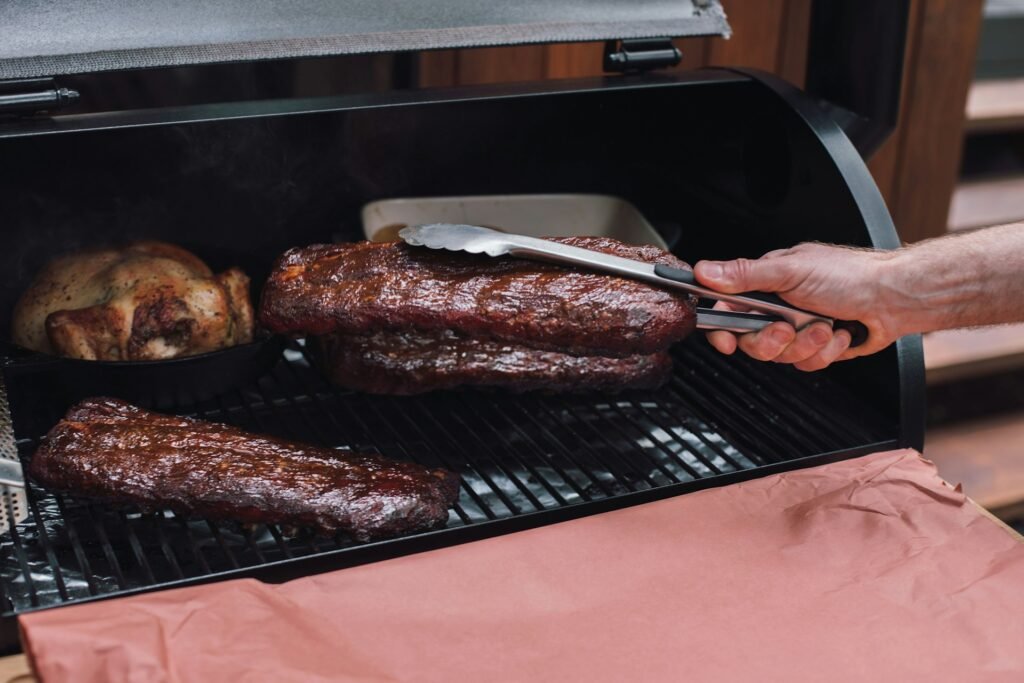
When smoking meats, beginners should be aware of some essential tips and tricks to ensure a successful smoking experience. One common mistake to avoid is rushing the process. Patience is vital when smoking meats, as low and slow cooking yields the best results, infusing your dishes with mouthwatering flavors.
For best practices, it’s crucial to understand the ideal smoking times and temperatures for different types of meat. For example, brisket requires a longer smoking time at a lower temperature than ribs. Familiarizing yourself with these nuances will elevate your smoking game and impress your guests with perfectly smoked meats.
Smoking Times For Various Meats
Here’s a table showing the estimated time it takes to smoke popular foods, including the food type, temperature, and time required:
| Food Type | Temperature (°F) | Time Required |
|---|---|---|
| Brisket | 225-250 | 12-18 hours |
| Pork Shoulder | 225-250 | 8-12 hours |
| Ribs | 225-250 | 5-6 hours |
| Whole Chicken | 225-250 | 3-4 hours |
| Chicken Wings | 225-250 | 1.5-2 hours |
| Turkey | 225-250 | 6-8 hours |
| Salmon | 165-175 | 3-4 hours |
| Sausages | 225-250 | 2-3 hours |
| Whole Ham | 225-250 | 4-5 hours |
| Pork Loin | 225-250 | 3-4 hours |
| Beef Ribs | 225-250 | 5-6 hours |
| Pulled Pork | 225-250 | 8-12 hours |
| Lamb Shoulder | 225-250 | 5-7 hours |
| Beef Tenderloin | 225-250 | 2-3 hours |
| Duck | 225-250 | 3-4 hours |
| Venison | 225-250 | 4-5 hours |
| Bratwurst | 225-250 | 1-2 hours |
| Cornish Hens | 225-250 | 2-3 hours |
This table provides a general guideline, but the actual smoking time may vary based on the size and thickness of the food, the smoker type, and the desired doneness. Always use a meat thermometer to ensure the food reaches a safe internal temperature.
Safety precautions are paramount when using a smoker. Continuously operate your smoker in a well-ventilated area to prevent the buildup of harmful gases. Keep a fire extinguisher nearby and follow all manufacturer guidelines for safe operation.
Final Thoughts About How to Use A Smoker
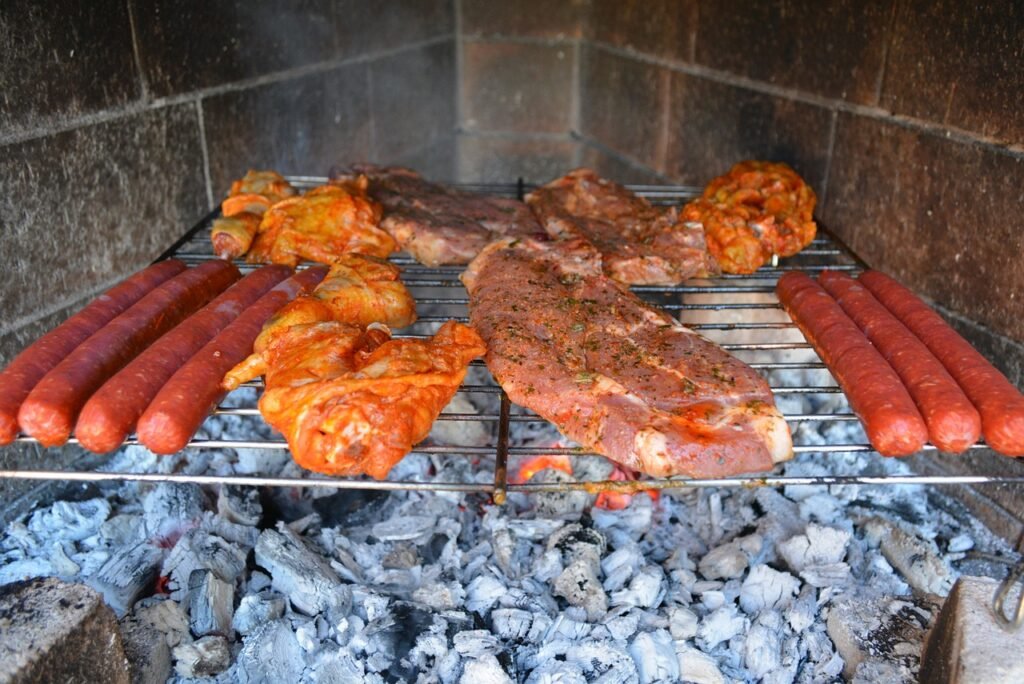
Understanding what a smoker is and its various methods, such as with wood chips, a vertical smoker, or pellets, is crucial for achieving delicious smoked dishes. By following the tips and tricks provided earlier, beginners can enhance their smoking experience and impress their guests with perfectly smoked meats.
For those eager to start their smoking journey, remember that patience, practice, and attention to detail are essential. Embrace the process, experiment with different wood flavors, and don’t be afraid to make mistakes—it’s all part of the learning curve. With dedication and a willingness to learn, you can quickly become a skilled pitmaster.
To continue expanding your knowledge and honing your smoking skills, seek out additional resources such as online tutorials, recipe books, or local smoking classes. Remember, the world of smoking is vast and full of opportunities for culinary creativity. So, fire up your smoker, savor the aroma of smoldering wood, and embark on a flavorful journey into the art of smoking food.

